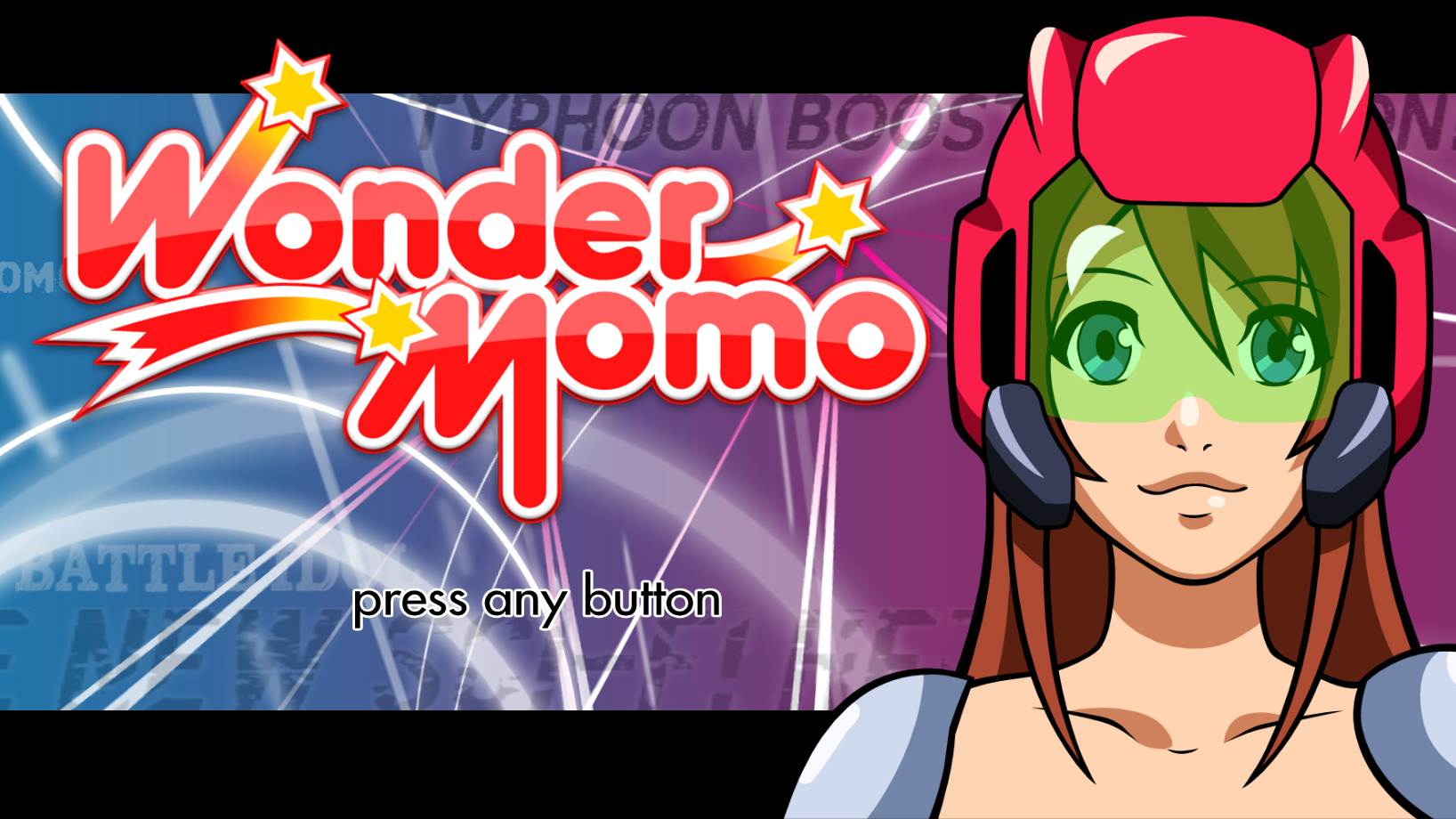Japan excels at making you play. From its flower arrangements to tea ceremonies to karaoke, nothing much happens until you get into the game, and a big part of Japan's appeal to non-natives is its invitation to engage.
Tourists and expats gleefully bear floats on their shoulders during Japanese festivals, don kimono for photo shoots and pound rice cakes for the New Year's holidays. The otaku (obsessives) who gather for AKB48 shows in Akihabara pay to touch their idols' hands, reenact choreographed dance moves and snap photos of the girls. At anime conventions in North America, Europe and Asia, attendees hand-make costumes to inhabit the roles of their favorite anime characters, often performing skits tailored to the series they love.
Making you play is at the heart of many of Japan's most successful pop-cultural anime and game properties to date, "Pokémon" chief among them. As anthropologist Anne Allison notes in "Millennial Monsters," her brilliant study of toys, economics and culture, "Pokémon" was an anime series built around a game at its center. The "exchange and battle" of the game made the anime story lines that much more intimate and urgent. A global generation was raised on the premise that you had to see the show to get a leg up on the game, and you had to collect the cards to play the game to keep up with the show. You couldn't just watch and amass models à la "Star Wars"; you had to act.



















With your current subscription plan you can comment on stories. However, before writing your first comment, please create a display name in the Profile section of your subscriber account page.